House on Fire Ruin
An Ancestral Puebloan ruin that appears to burst into flames in the sunlight.
About a mile up a shallow gorge in the south fork of Mule Canyon stand the remains of five granaries. All constructed under a rocky recess by the Ancestral Puebloan people who lived in the area between 700 and 2,500 years ago. The granaries were used by the tribes to store corn, Indian ricegrass for bread making, and other crops.
Late in the morning, usually between 10 a.m. and 11 a.m., the overhang that serves as the ceiling of the structures catch the sun at the right angle. As the sun cascades off the swirling rock patterns, they appear to be blazing red, as if flames were bursting from the top of the buildings. From this phenomenon, the ruins earned the moniker: House on Fire.
This ancient site is a remarkably well-preserved example of Ancestral Puebloan architecture. The south fork of Mule Canyon contains several other ancient sites. Some are accessible from the trail, such as the Wall Site, a collection of rooms built into caves along a small cliff. Hikers with a keen eye can also spot rock art in the wash below the House on Fire.
Know Before You Go
The House on Fire is part of Bears Ears National Monument and is in a very remote and undeveloped region. Visitors should check the information center to find out about road and weather conditions before attempting the hike. Summers in the area are hot and hikers should come prepared with the proper gear. Hats, sunscreen, and plenty of water are essentials when attempting the hike. Winters can be cold and often quite snowy.



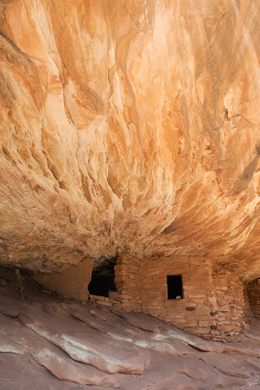
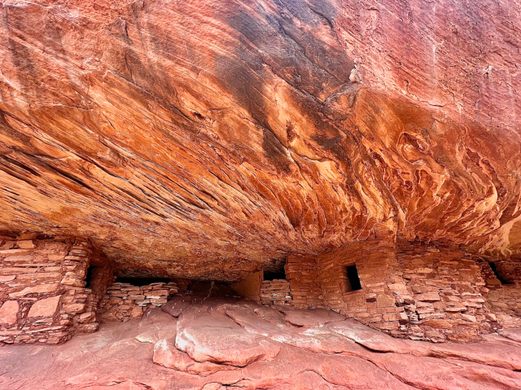



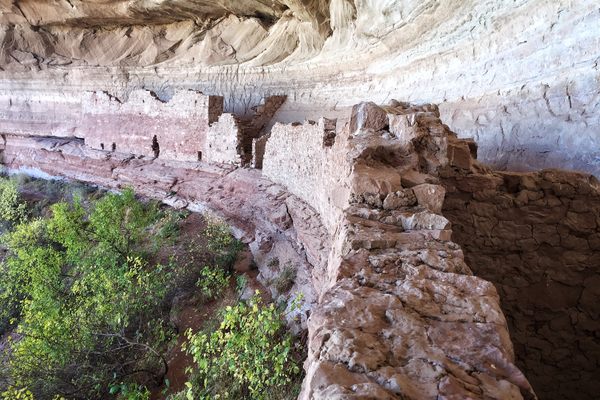
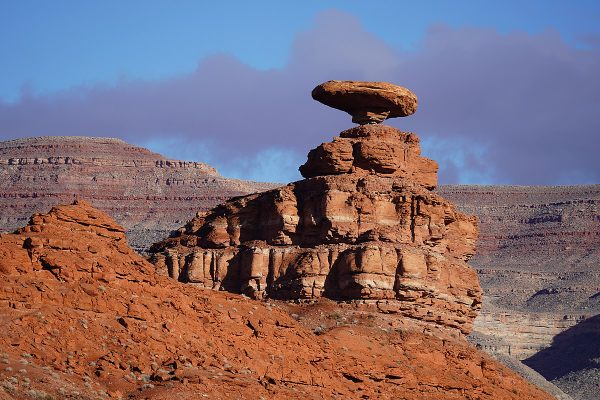

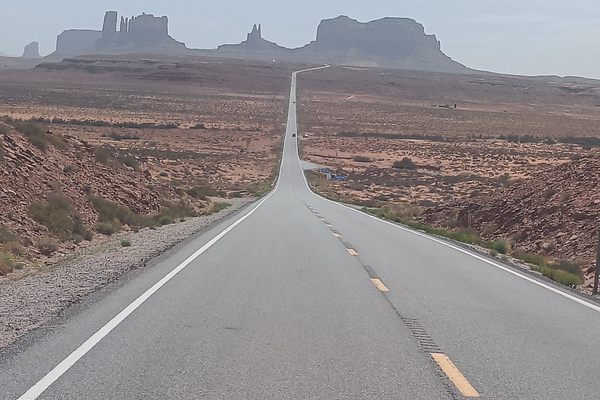





Follow us on Twitter to get the latest on the world's hidden wonders.
Like us on Facebook to get the latest on the world's hidden wonders.
Follow us on Twitter Like us on Facebook